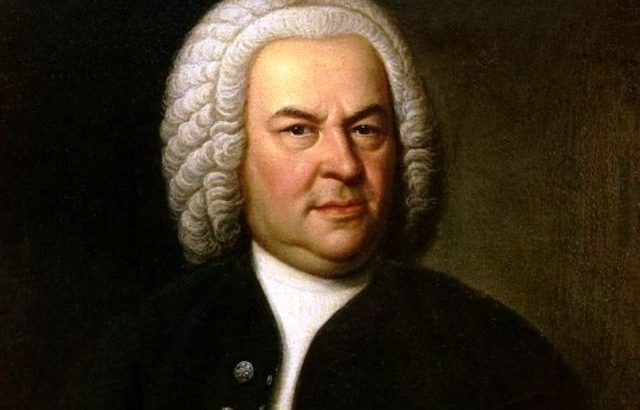Before moving to Leipzig in 1723, Johann Sebastian Bach held several positions as organist and choirmaster in Arnstadt, Mühlhausen, Weimar and Cöthen. In Weimar he served under Lutheran Duke Wilhelm Ernst (1662-1728), who had a penchant for religious devotions and aimed to maintain the Church’s ancient musical tradition. This was to Bach’s advantage giving him a very solid foundation for his own ecclesial compositions.
While he had already written a number of cantatas suitable for the Christmas season, in the autumn of 1734 Bach decided he needed something fresh and set about six new ones covering the period from Christmas Day to the Epiphany. However, with time and his busy schedule against him, he felt compromise was necessary. The result was a combination of old and new with the end product having six self-contained but linked works whose component parts form a single cohesive cycle.
Interestingly, Bach only began working in earnest on what we know as his six-day Christmas Oratorio in December 1734. He drew his texts from the nativity narratives of St Luke and St Matthew with the non-biblical parts of the libretto written most likely, though not completely certain, by Christian Friedrich Henrici (1700-1764) with additional contributions from Bach himself.
Pseudonym
Henrici used the pseudonym Picander when he established himself in Leipzig in 1721and supplied Bach with numerous sacred texts, over the years, including those of the St Matthew and St Mark Passions – the latter work now unfortunately lost.
With time of the essence, the pragmatic Bach, who obviously believed in the old “waste not, want not” maxim, turned to three earlier secular cantatas, composed for specific royal occasions and unlikely to be heard again. With some modifications and Picander’s new texts, he was half-way there.
Adding three new, in all but name, cantatas Bach directed the first performances during the festive season from December 25, 1734 to January 6, 1735 and dividing the premières between Leipzig’s main churches of St Thomas and St Nicholas, close to each other in the old town.
Oratorio
The oratorio’s six–day sections primarily follow Bach’s usual cantata format with chorales, choruses, recitatives and arias. The tenor is given the further role of evangelist – something similar to, but not as extensive as, that in his passions. The introductory movement of the second day differs from the other choral openers. An expressive orchestral sinfonia, oboes represent shepherds with flutes and strings denoting the angelic choir.
Throughout the work there are some wonderful arias and duets not least Our Lady’s tender alto lullaby in day two. An alto aria in day three describes Mary’s innermost feelings about the miracle of the Saviour’s birth and a jaunty soprano and bass duet addresses the Child while emphasising love and devotion.
It is uncertain whether the pratorio was repeated in Leipzig during the composer’s lifetime after which, like most of his music, it was consigned to oblivion. Even Mendelssohn’s enthusiastic Bach revival in the late 1820s and 1830s failed to retrieve it. However, following a Berlin performance in 1857, the piece gradually found its niche in choral societies’ repertoires worldwide.


 J S Bach
J S Bach 